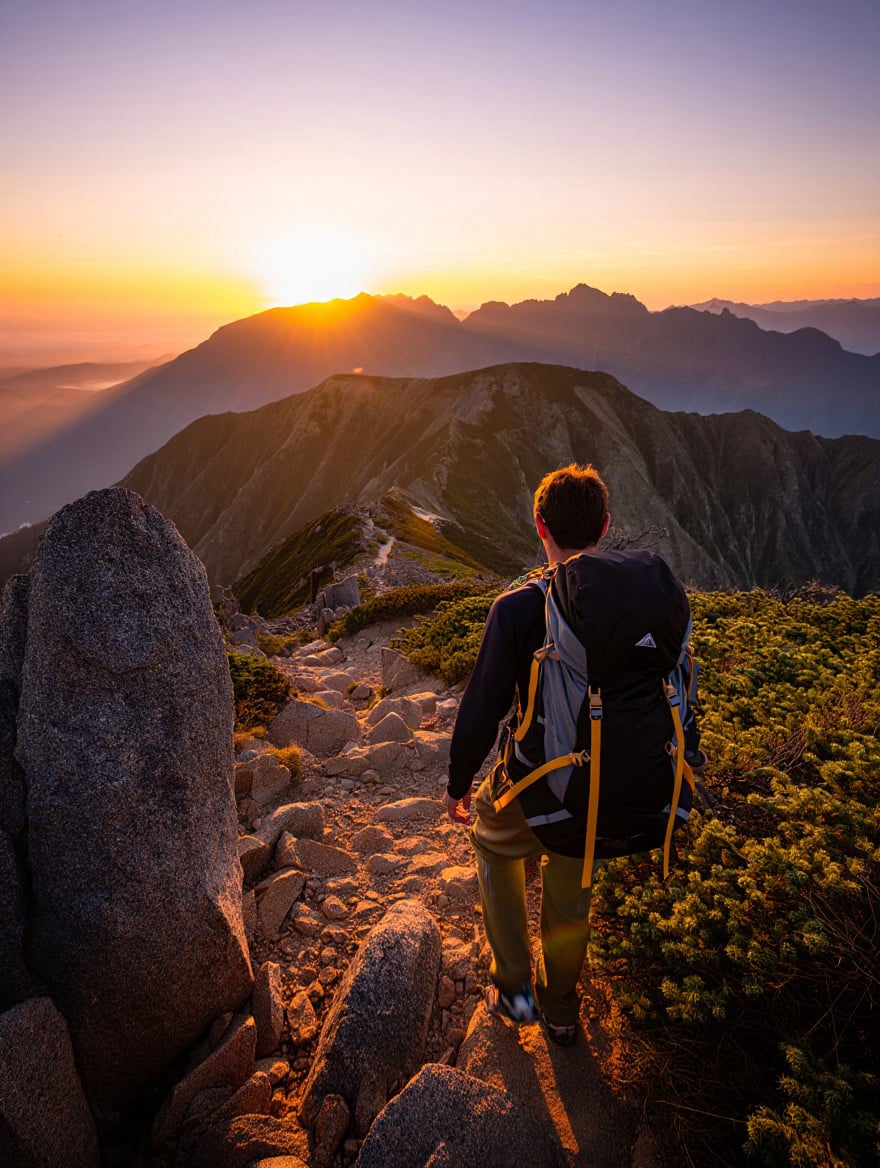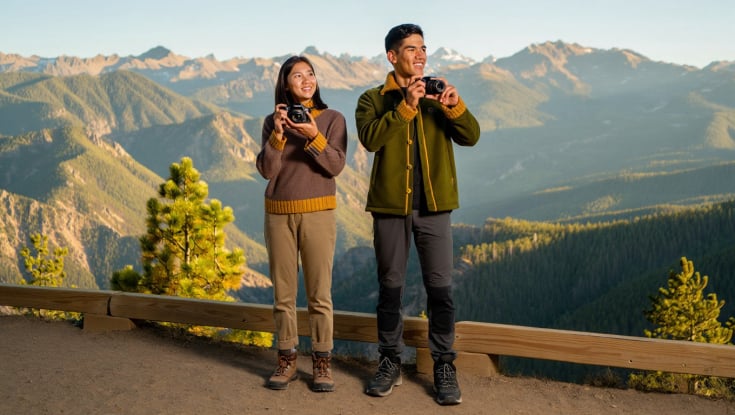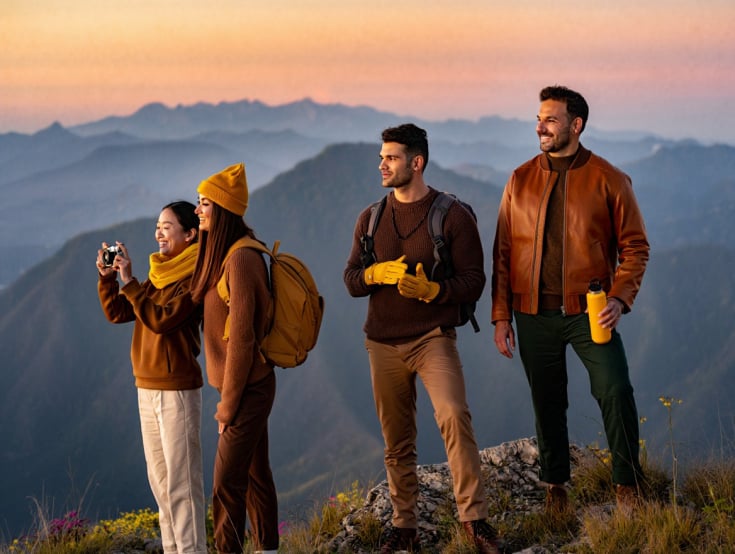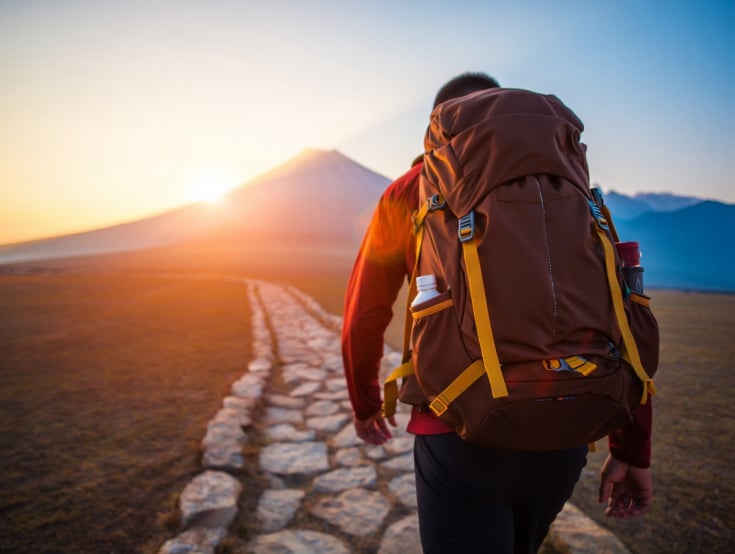Trip Ideas & Routes
The page provides simple examples of general route categories rather than prescriptive itineraries or fixed schedules. Day hikes emphasize short access, scenic viewpoints, and basic safety reminders for casual travelers. Scenic drives highlight road type, expected travel time, and viewpoints commonly noted on widely available public maps. Multi-day circuits mention camping considerations at a general level without recommending any particular service or provider. Readers can use these clear summaries as a practical starting point and then explore the Blog for more structured checklists and neutral planning notes.





